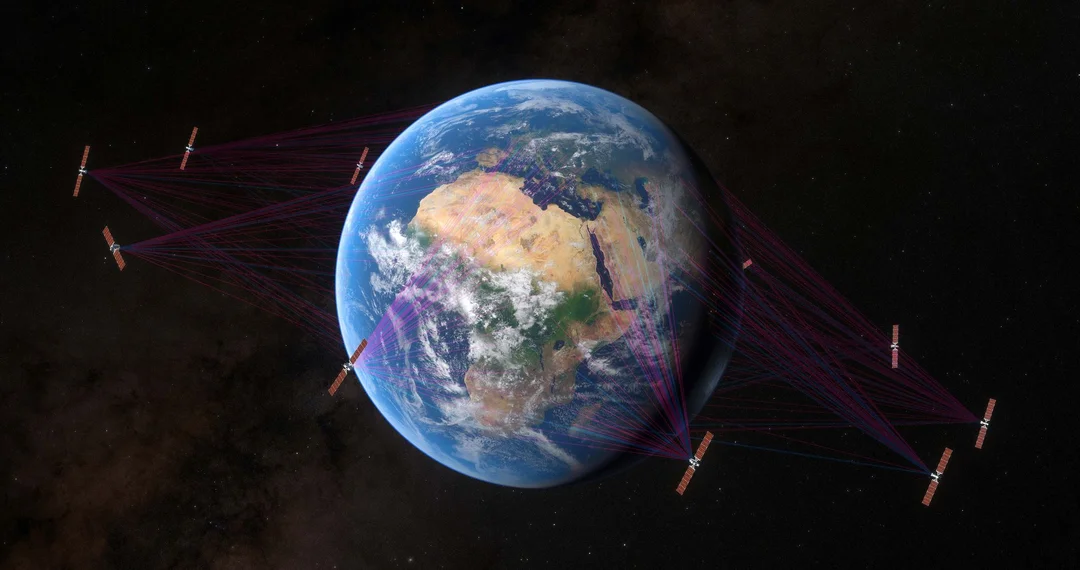
Pentagon Bets on ‘Hybrid Space Architecture’ to Outsmart Jammers: A New Era of Military Communications?
As military operations become increasingly reliant on instant and reliable communication, the Pentagon is exploring innovative solutions to maintain its edge. The Defense Innovation Unit (DIU) is spearheading a program called 'Hybrid Space Architecture' (HSA), aiming to create a resilient, multi-orbit satellite communications network that's virtually jam-proof. But what exactly is this 'hybrid' approach, and could it revolutionize military communications?
The HSA program seeks to integrate commercial and government-owned satellites into a unified network, creating an 'Internet of Things' in space. This means linking sensors and shooters in real time, a critical component of the Department of Defense’s (DoD) Combined Joint All Domain Command and Control concept. Imagine soldiers seamlessly transitioning between different satellite systems, even in areas facing jamming, cyber-attacks, or environmental disruptions. This is the vision DIU is pursuing.

SES Space & Defense, under contract with DIU, is demonstrating its Secure Integrated Multi-Orbit Networking (SIMON) technology. SIMON is a network orchestration system designed to route data across a mix of commercial and government satellites in low, medium, and geostationary Earth orbits. David Fields, president and CEO of SES Space & Defense, highlights the shift from raw satellite capacity to intelligent network management. "Everybody’s deploying large amounts of capacity... They have choices, but how can you orchestrate all that capacity? And that’s what we’re really focused on," he stated.
This approach offers an alternative to the military’s traditional PACE (Primary, Alternate, Contingency, and Emergency) methodology. Instead of manually configuring equipment to switch between communication pathways, Auto-PACE systems, like SIMON, dynamically assess available satellite resources and route communications through the optimal pathways in real-time.
The HSA program involves numerous contractors, from established defense giants like Lockheed Martin and Viasat to innovative startups like Capella Space and SkyFi. DIU recently added 13 more companies to the program, bringing the total to 25. Steve "Bucky" Butow, director of DIU’s Space Portfolio, emphasized the speed and scale at which commercial innovators are solving complex DoD problems. He said: "DIU’s ability to rapidly integrate and deliver a hybrid space network architecture is testament to its process of allowing commercial innovators to solve complex problems at speed and scale by applying their solutions to DoD’s problems."
The program’s goal is to pilot an operational hybrid commercial and government space architecture by 2026. Over the next year, contractors will prototype their capabilities through operational demonstrations in various U.S. command areas. Additionally, a live hybrid network will soon be activated for demonstrations, exercise support, and integration of tactics and warfighting capabilities.

The Pentagon's 'Hybrid Space Architecture' represents a significant step towards securing military communications in an increasingly contested environment. By leveraging commercial innovation and integrating diverse satellite networks, the DoD aims to create a resilient, jam-proof system capable of delivering critical information to warfighters when and where they need it. Could this hybrid approach be the future of military communications?
What are your thoughts on the Pentagon’s 'Hybrid Space Architecture'? Do you believe this approach will provide the necessary resilience for future military operations? Share your opinions and insights in the comments below!